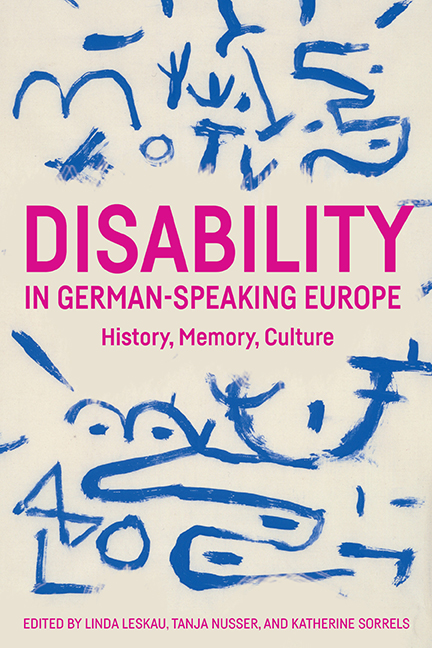1 - Inclusion, Emotion, and Disability
Published online by Cambridge University Press: 16 July 2022
Summary
IN THIS CHAPTER we sketch a specific approach to theorizing and reflecting on disability, one focused on the role of emotions in the social dynamics of inclusion and exclusion and on the processes associated with the social construction of disability. This approach has not yet been thoroughly or systematically elaborated in German scholarship on disability, nor has it been explored in the overlapping, broader literature on inclusion. As will be shown, this omission creates a significant gap. Namely, it leaves the elusive but fundamental quality of belonging out of the definition of inclusion. And this omission, we argue, explains why it is still so difficult to develop a society that is based on a fundamental understanding of inclusion and equality.
Our particular interest is in the implications of this body of theory for inclusive schools, sites where disabled and non-disabled individuals spend a lot of time with one another, interact in face-to-face-situations, and develop personal relationships. Moreover, these are sites where inclusion is actively promoted, but has nevertheless been difficult to implement. Germany has one of the least integrated school systems in Europe where disability is concerned. In 2015, roughly six percent of school children had a disability diagnosis and seventy-two percent of them attended special schools. This is explained, at least structurally, by Germany's tradition of categorization and placement in education. The school system adheres to a three-tiered structure. After four to six years of primary education, non-disabled students are placed into three different types of secondary schools based on testing and grades. Students with disabilities have traditionally been routed into nine types of separate special education schools based on diagnosis. Significant change began in 2009, when Germany ratified the UN Treaty on the Rights of Persons with Disabilities. Five years later, about a quarter of disabled students were attending mainstream schools, yet categorization remains entrenched: schools gain access to resources for support services based on their students’ diagnoses. If this seems only natural, consider that in Sweden schools have access to support services for any student, with or without a diagnosis, who is at any point not meeting minimum learning goals. Eighty-five to ninety percent of students receive some kind of support service and only one and a half percent of students have diagnoses (which do not trigger support automatically).
- Type
- Chapter
- Information
- Disability in German-Speaking EuropeHistory, Memory, Culture, pp. 23 - 43Publisher: Boydell & BrewerPrint publication year: 2022



